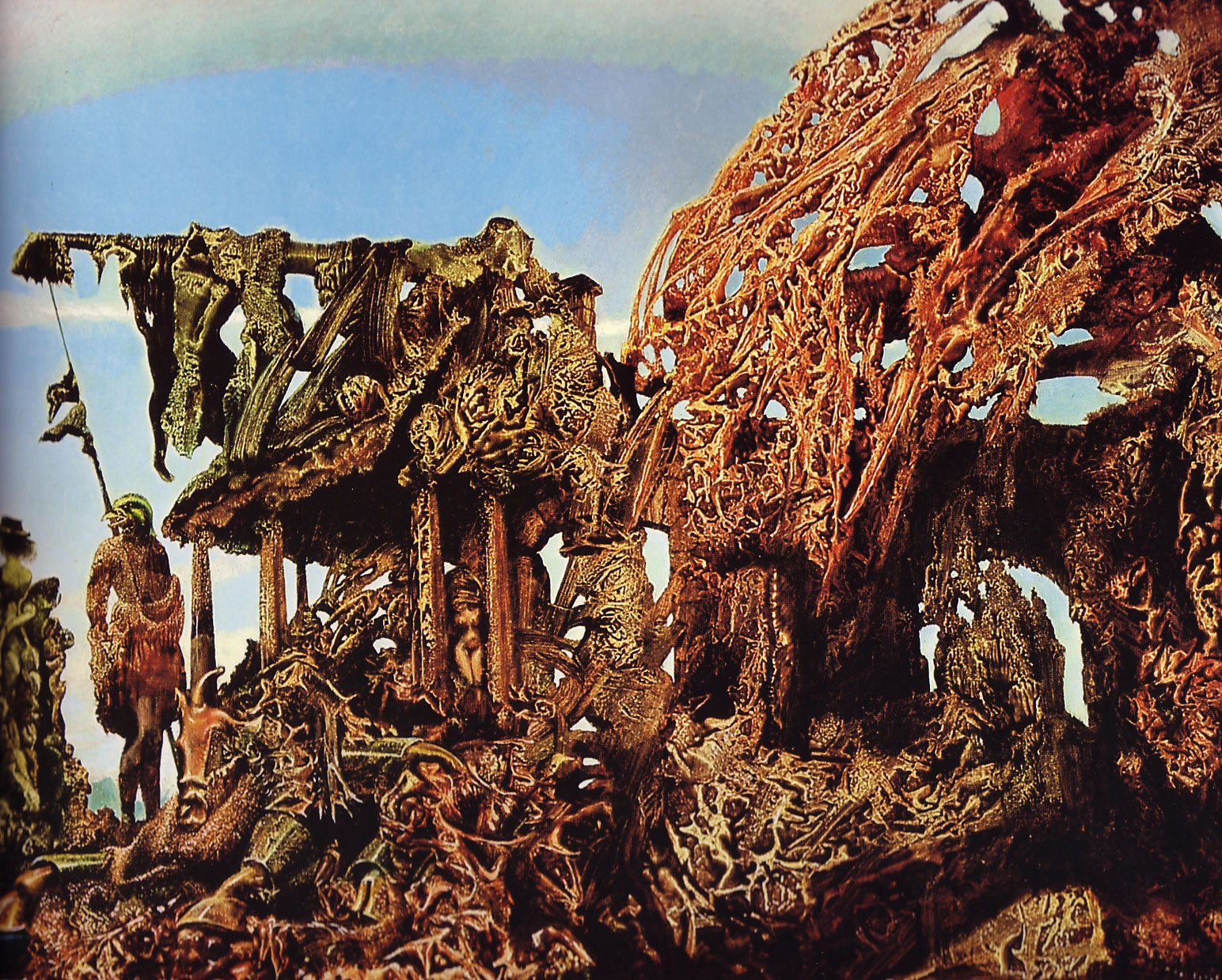When we talk of finding life on other planets, we often tend to think, narcissistically, of something that at least vaguely resembles us, or the Earth’s animals, plants and microscopic organisms. The real mindblower, though, would be if we discover something Other, life that reminds us of nothing we’ve known, not contained in our books or brains. So much more will become possible then.
In a smart Atlantic essay, Ross Andersen writes of accompanying astronomer Lisa Kaltenegger to Colorado’s majestic Maroon Bells mountains and coming to understand how small they might actually be when we learn more about our neighbors in space. An excerpt:
As we stood admiring the Maroon Bells, I asked Kaltenegger whether she thought there were scenes like this all across the cosmos. “No,” she said, before explaining that Earth was but a single, limited expression of nature’s raw creative power. Just as our planet contains many habitats with many ecologies, each with its own diverse creatures, other planets may play host to living worlds that look nothing like our own.
“Take mountains,” she said. “Earth’s crust is quite thin, which means its mountains can only reach so high.” This seemed ungrateful, surrounded as we were by jagged, vertical rock faces, studded with dense pine stands. “If Earth’s crust were thicker, the mountains could be much larger,” she said.
On some distant planet, there might be peaks that tower more than 100,000 feet above an alien sea. These extraterrestrial peaks might be forested, or they might be coated in an alien form of vegetation, or something beyond the reach of our current imagination.•
Tags: Lisa Kaltenegger, Ross Andersen

